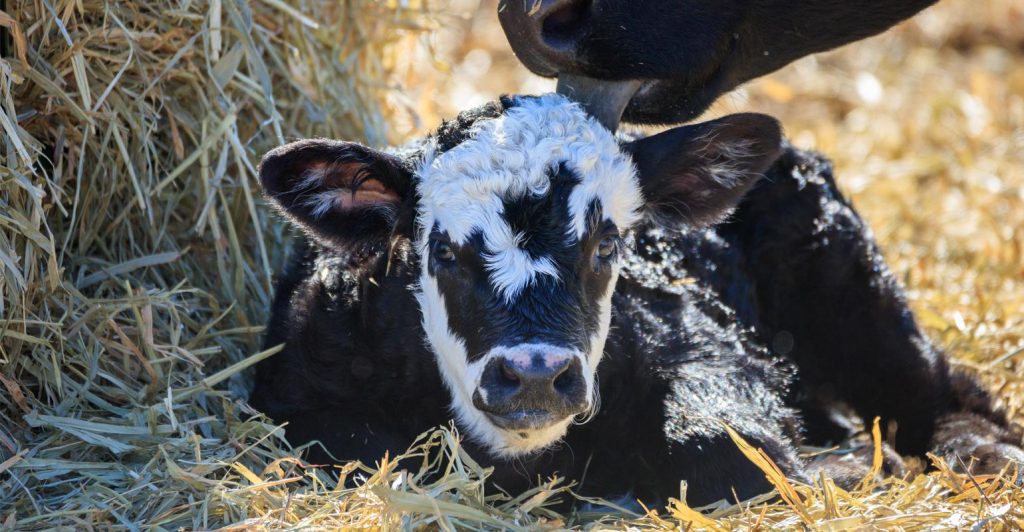
Weekly, Oklahoma State University Extension Beef Cattle Nutrition Specialist Paul Beck offers his expertise on the beef cattle industry. This is part of the weekly series known as the “Cow Calf Corner,” published electronically by Dr. Derrell Peel, Mark Johnson, and Beck. Today, Beck discusses Vaccinating Calves Early.
Bovine Respiratory Disease (BRD) remains the leading health issue in feedlot cattle, costing the U.S. beef industry hundreds of millions of dollars each year not only in treatment and death losses but also in reduced life-time productivity of calves that get sick. While cow-calf producers often see little direct economic incentive to manage BRD of calves sold at weaning, what happens on the ranch has lasting effects downstream in the stocker and feedlot phases. A recent review paper in the special issue of the Applied Animal Science journal, I mentioned last week, “Vaccination against respiratory pathogens during the cow-calf phase: Effects on productive and health responses of feedlot cattle,” highlights how vaccination strategies early in life can improve animal health and performance later.
Vaccines against BRD pathogens—such as IBR, BVD, PI3, BRSV, Mannheimia haemolytica, and Pasteurella multocida—are widely available, but their effectiveness depends heavily on timing and management. Modified-live vaccines generally produce stronger immune responses than killed vaccines, but they require careful handling and can pose risks to pregnant cows if not used correctly.
Vaccinating cows before calving can enhance the quality of colostrum, providing calves with higher levels of protective antibodies. This “maternal immunization” not only improves calf health but may also lead to heavier weaning weights. However, research results are variable, and more work is needed to determine how long these benefits last.
Vaccinating calves shortly after birth can be challenging because maternal antibodies can block the vaccine’s ability to stimulate the calf’s immune system. As these antibodies decline, the calf becomes more responsive to vaccines—but also more vulnerable to disease. Timing the first vaccination to bridge this gap remains a management challenge.
Weaning and feedlot entry are among the most stressful events in a calf’s life, and stress suppresses immune function. Studies show that vaccinating calves two to three weeks before weaning, rather than at or after, can improve immune response and reduce BRD incidence in the feedlot.
The review concludes that vaccinating calves before stressful transitions—rather than reacting afterward—provides the best protection. As antibiotic use faces greater scrutiny, improving BRD prevention through strategic vaccination during the cow-calf phase offers one of the best opportunities to boost health, performance, and profitability across the entire beef supply chain.

















